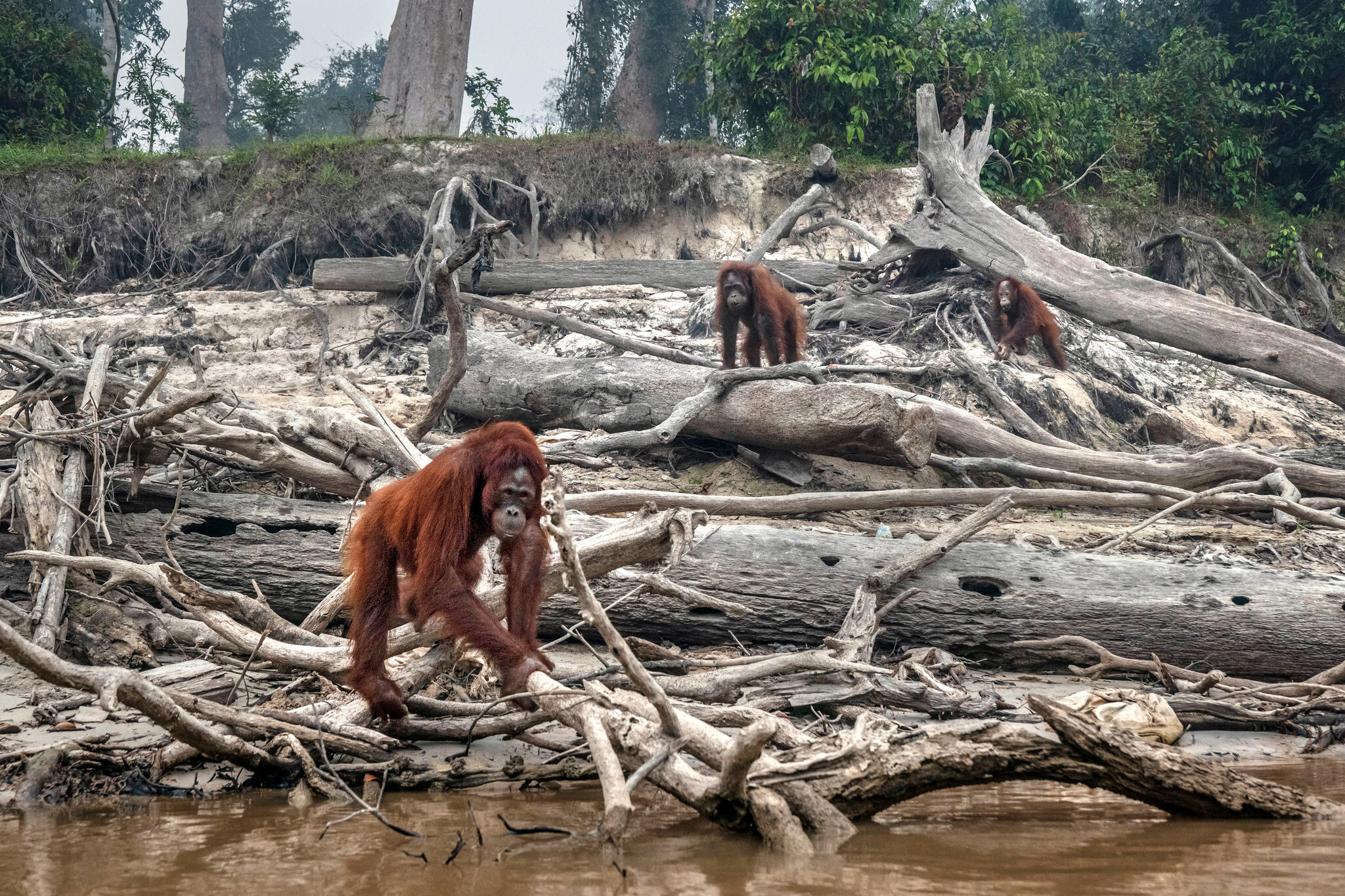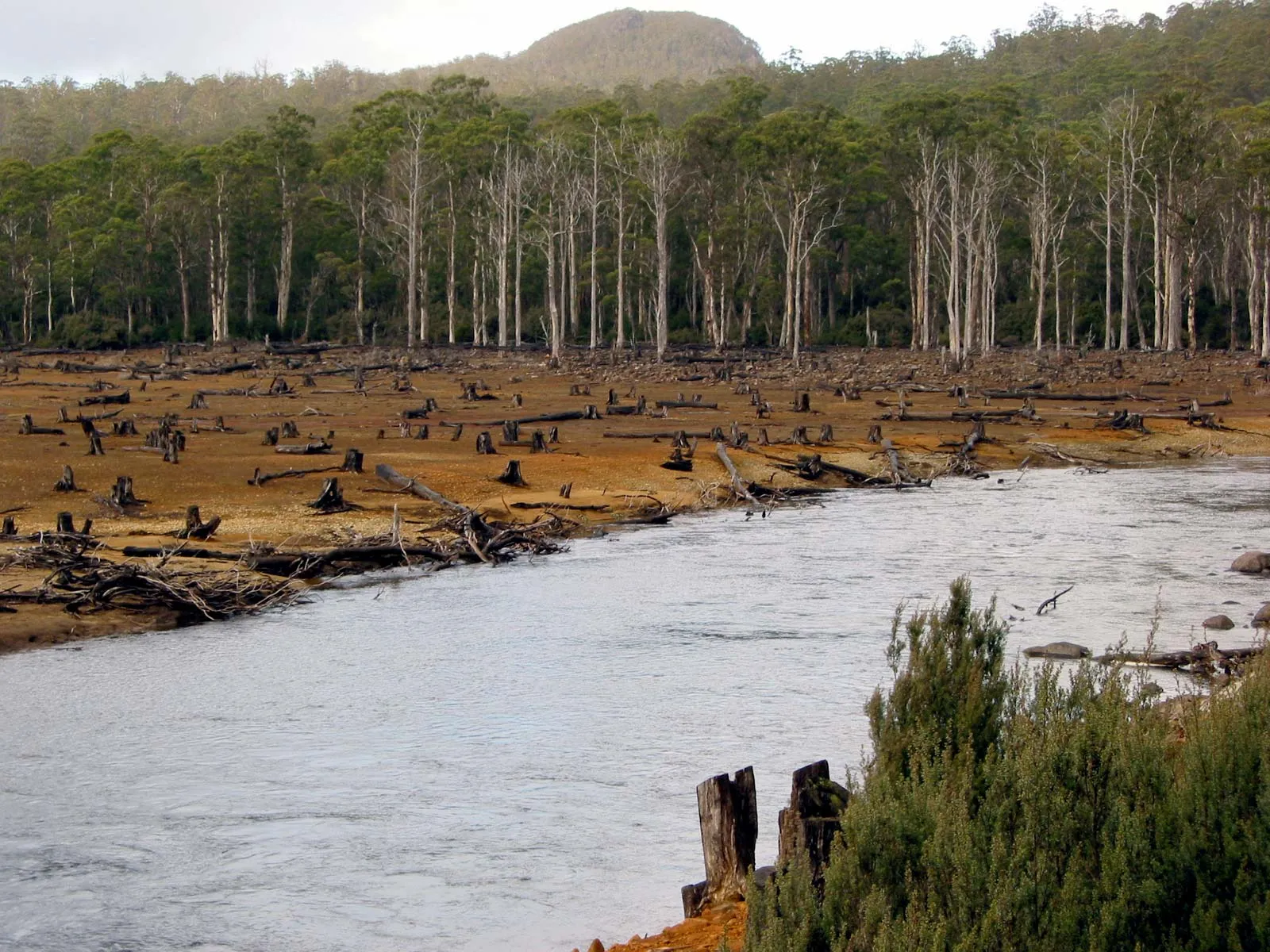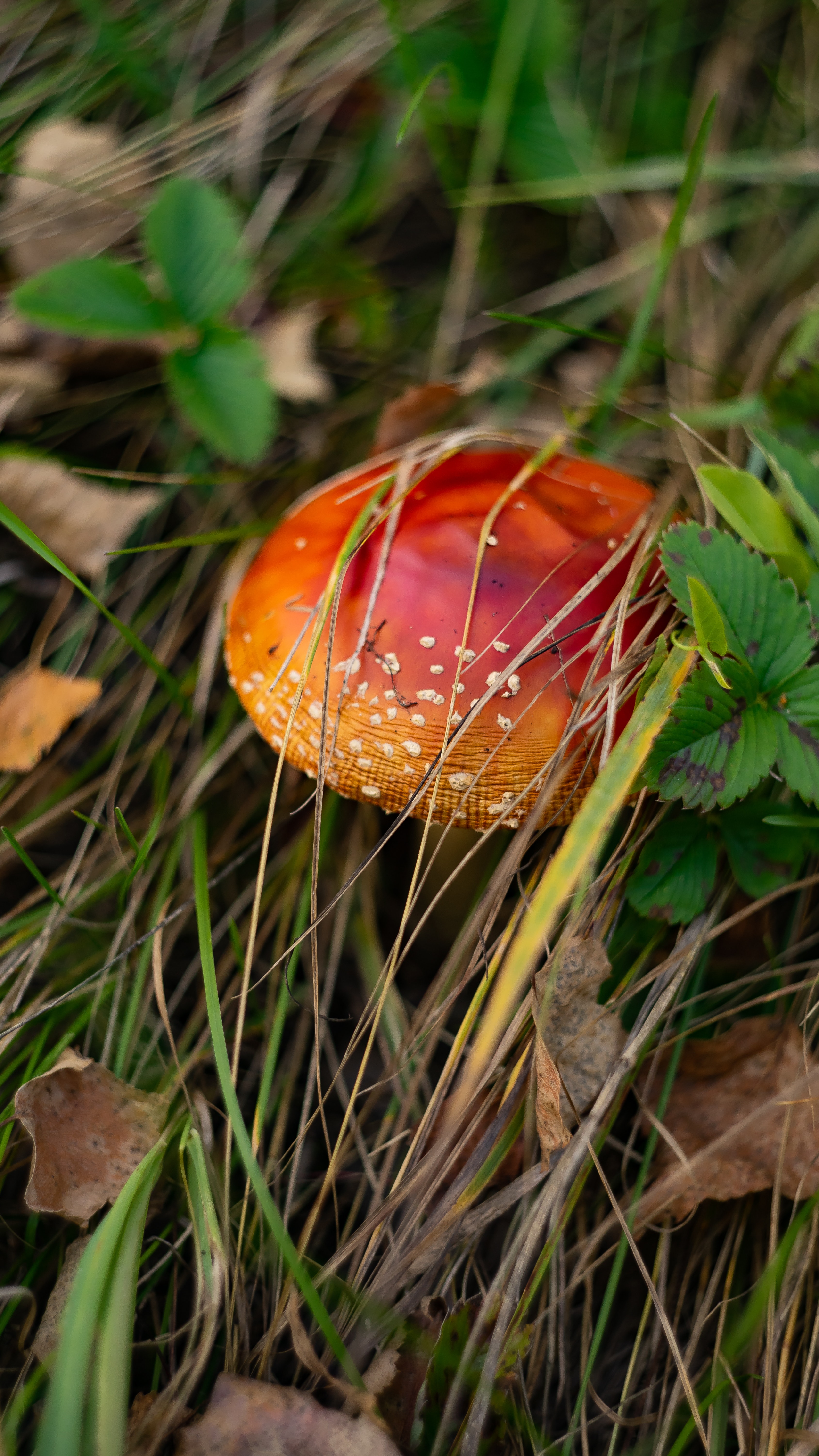Biodiversity Loss: Understanding the Impact and Solutions for a Sustainable Future
Biodiversity forms the backbone of viable ecosystems across the globe, underpinning the existence of all life forms on Earth. It encompasses the diversity within species, between species, and of ecosystems, contributing to the functionality and resilience of natural systems. Rich biodiversity enhances ecosystem productivity where each species, no matter how small, plays a significant role in maintaining ecological balance. These interdependent systems support vital processes such as soil formation, nutrient cycling, oxygen production, and pollination of plants, including many crops essential for human nutrition. Beyond its intrinsic ecological value, biodiversity is fundamental to human well-being, providing recreational, aesthetic, and spiritual value that enriches our lives. The decline in biodiversity threatens these systems and the myriad benefits they provide, underscoring the urgent need to understand and mitigate biodiversity loss for ecosystem health and human survival.
Factors Contributing to Biodiversity Loss
Biodiversity loss is a complex issue driven by a multitude of factors, each interwoven into the fabric of ecological and human activities. Habitat destruction stands as the primary cause, with activities such as deforestation, urbanization, and agriculture expansion leading to the fragmentation and outright loss of vital natural habitats. Climate change exacerbates the situation, altering habitat conditions and suitability across the globe, pushing species beyond their tolerance limits and disrupting established ecological relationships. Pollution, overexploitation of resources, and the introduction of invasive species further contribute to the decline, creating a scenario where ecosystems and their resident species face unprecedented stress. These factors combined have accelerated the rate of species extinction, pushing many towards the brink of disappearance, and underscoring the critical need for comprehensive strategies to address the root causes of biodiversity loss.

The Ecological and Economic Impacts of Biodiversity Decline
The decline in biodiversity carries profound ecological and economic impacts. Ecologically, it disrupts ecosystem services essential for life support, including water purification, air quality maintenance, and climate regulation. The loss of species and genetic diversity can lead to reduced resilience against environmental changes and natural disasters, making ecosystems more susceptible to collapse. Economically, biodiversity loss can undermine industries dependent on natural resources and ecosystem services, such as agriculture, fisheries, and tourism. The reduction in crop pollination, loss of medicinal plants, and decline in fish stocks directly affect food security and livelihoods, particularly in communities heavily reliant on natural resources. These impacts highlight the intertwined fate of biodiversity and human prosperity, emphasizing the need for urgent action to reverse biodiversity loss.
Conservation Efforts and Strategies to Combat Biodiversity Loss
Efforts to combat biodiversity loss are as diverse as the ecosystems they aim to protect, encompassing local, national, and international strategies. Protected areas, such as national parks and wildlife reserves, are established to conserve critical habitats and species. Restoration projects seek to rehabilitate degraded ecosystems, reinstating their ecological functions and biodiversity. Legislative and policy frameworks at all levels of governance are crucial for regulating activities that impact biodiversity, with international agreements like the Convention on Biological Diversity providing a global platform for conservation commitments. Additionally, conservation strategies increasingly recognize the importance of integrating local and Indigenous knowledge, promoting community-led conservation initiatives that align traditional practices with modern conservation science. These efforts, combined with targeted research and monitoring, form a multifaceted approach to preserving biodiversity for future generations.
Community Involvement and Advocacy for Biodiversity Conservation
Community involvement and advocacy play pivotal roles in biodiversity conservation, empowering individuals and local communities to take action for their natural environment. Grassroots movements and community-based conservation projects have shown remarkable success in preserving local habitats and species, often through sustainable practices that benefit both the community and the ecosystem. Advocacy efforts raise awareness about the importance of biodiversity, influencing public opinion and policy decisions. Educational programs, citizen science projects, and volunteer initiatives engage people of all ages in conservation efforts, fostering a culture of environmental stewardship. By amplifying the voice of the community in conservation dialogues, these efforts ensure that biodiversity protection remains a priority for society at large.

Promoting Sustainable Practices to Preserve Biodiversity
Sustainable practices offer pathways to reduce the human footprint on natural ecosystems, preserving biodiversity while supporting economic development. Sustainable agriculture, forestry, and fisheries management practices aim to balance production needs with ecological conservation, ensuring that natural resources are used responsibly and regeneratively. Urban planning and green infrastructure development can mitigate the impacts of cities on surrounding environments, promoting biodiversity even within urban areas. Businesses and consumers alike are encouraged to adopt sustainable practices, from reducing waste and limiting the use of single-use plastics to supporting eco-friendly products and companies committed to environmental responsibility. These practices, when widely adopted, can significantly contribute to the preservation of biodiversity and the sustainability of natural resources
Success Stories and Examples of Biodiversity Conservation
Around the world, there are inspiring success stories of biodiversity conservation where concerted efforts have led to the recovery of species and ecosystems. Restoration projects have revived rivers, forests, and grasslands, demonstrating that damaged ecosystems can recover with appropriate intervention. Conservation breeding programs have saved species from the brink of extinction, reintroducing them into their natural habitats. Community conservancies have successfully balanced human needs with wildlife conservation, creating models of coexistence. These examples provide hope and a blueprint for future conservation efforts, showing that with commitment and collaboration, positive change is possible.
Future Challenges and Opportunities in Biodiversity Protection
The path to biodiversity protection is fraught with challenges yet filled with opportunities. Climate change remains a pervasive threat, requiring global action to mitigate its impacts on natural ecosystems. The growing human population and its demands on natural resources pose ongoing challenges to conservation efforts. However, advancements in technology and science offer new tools for monitoring biodiversity and understanding ecological dynamics. The increasing recognition of the value of biodiversity to human health and well-being presents an opportunity to integrate conservation into broader societal goals. As awareness grows and more people engage in conservation efforts, there is hope for a sustainable future where biodiversity is cherished and preserved as the life support system of our planet.
